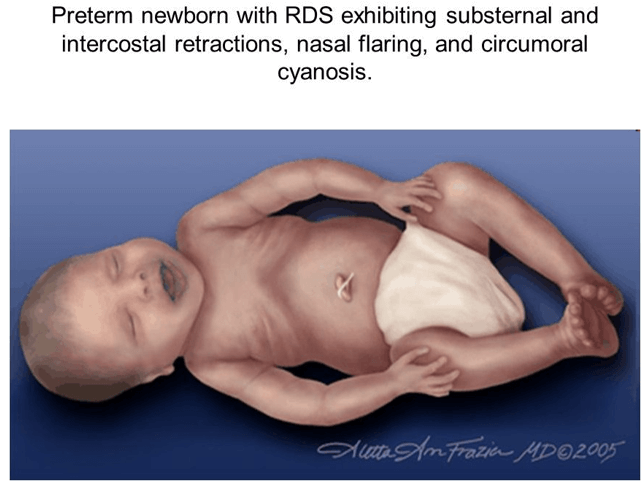A practical nurse (PN) who works in the nursery is attending the vaginal delivery of a term infant. Which action should the PN complete prior to transporting the baby to the nursery?
Obtain the infant's vital signs.
Administer vitamin K injection.
Place the ID bands on the infant and mother.
Observe the infant latching onto the breast.
The Correct Answer is C
The correct answer is Choice C. Place the ID bands on the infant and mother.
Choice A rationale:
While obtaining the infant's vital signs is important, it is not the priority action before transporting the baby to the nursery. Placing ID bands on the infant and mother ensures proper identification and prevents mix-ups during transportation, which is crucial in the nursery setting.
Choice B rationale:
Administering vitamin K injection is also essential but not the immediate priority before transporting the baby. Vitamin K administration helps prevent bleeding disorders in newborns, but ensuring proper identification and security come first.
Choice C rationale:
The correct choice. Placing ID bands on the infant and mother is the most important action before transporting the baby to the nursery. This step ensures accurate identification and matching between the baby and the mother, preventing any confusion or errors in the hospital setting.
Choice D rationale:
Observing the infant latching onto the breast is important for promoting breastfeeding, but it can be done after ensuring proper identification and safety measures have been taken.
Nursing Test Bank
Naxlex Comprehensive Predictor Exams
Related Questions
Correct Answer is B
Explanation
Ask the client to describe what happened.
Calling the agency-based client advocate (Choice A) should not be the first action taken in this situation. While involving an advocate might be necessary at some point, it is more appropriate to address the client's concerns and gather information about the incident first.
Completing a client adverse incident report (Choice C) is an important step to document theevent and any potential issues, but it should not be the first action taken. Before completing the report, the nurse needs to understand the situation from the client's perspective.
Informing the charge nurse of the situation (Choice D) is a reasonable step, but it should not be the first action. It may be necessary to escalate the issue, but understanding the situation from the client's viewpoint should be prioritized.
Correct Answer is A
Explanation
Circumoral cyanosis is a bluish discoloration around the mouth that indicates inadequate oxygenation. It is an abnormal finding in a full-term newborn and requires immediate assessment and intervention by the PN.
The other options are not correct because:
- A positive Babinski's reflex is a normal finding in newborns that indicates intact neurological function. It is elicited by stroking the sole of the foot and observing the fanning of the toes.
- A negative Ortolani's sign is a normal finding in newborns that indicates no hip dislocation or dysplasia. It is elicited by abducting the hips and feeling for any clicking or clunking sensation.
- A large sacral "stork bite" is a common benign birthmark that appears as a reddish patch on the lower back or nape of the neck. It usually fades within the first year of life and does not require any treatment.

Whether you are a student looking to ace your exams or a practicing nurse seeking to enhance your expertise , our nursing education contents will empower you with the confidence and competence to make a difference in the lives of patients and become a respected leader in the healthcare field.
Visit Naxlex, invest in your future and unlock endless possibilities with our unparalleled nursing education contents today
Report Wrong Answer on the Current Question
Do you disagree with the answer? If yes, what is your expected answer? Explain.
Kindly be descriptive with the issue you are facing.
